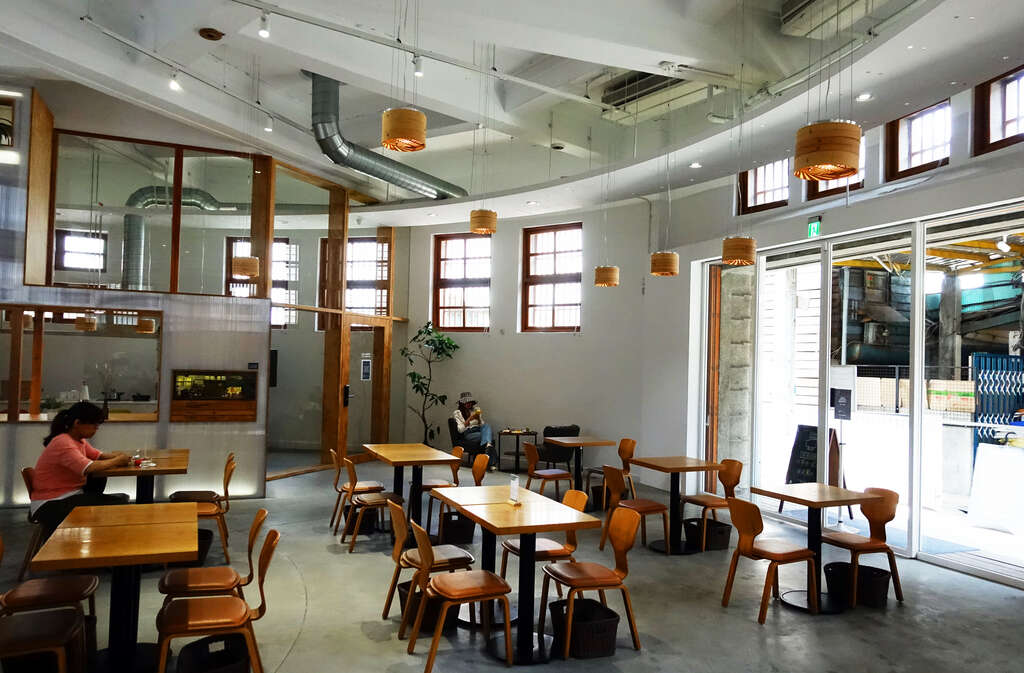Xinfuzhuang Cultural Market Introduction
Xinfuyou Grocery Market was completed in 1935 and is a public market built during the later period of Japanese rule. The buildings within the market encompass various construction materials from that era. The main structure of the market, which has a horseshoe shape, features a flat roof supported by reinforced concrete beams, while its walls are made of reinforced bricks. Additionally, there are ancillary buildings, including wooden Japanese-style dormitories and brick public restrooms, the latter of which symbolize the modernization process of the market at that time. Unfortunately, not all features have been preserved over time. In 1930, the Taipei Prefecture government announced the "Regulations for Grocery Markets," which detailed standards for the construction and spatial layout of market buildings based on hygiene considerations. Against this backdrop, the "Xinfuyou Grocery Market" was established; the Tai Ping Street Grocery Market (1938, now demolished), Xingchung Grocery Market (1938, now "Xing'an Market"), and Rùfēn Street Grocery Market (1938, now "Zhixing Market") built around the same period have either been remodeled or demolished, making Xinfuyou Market a rare example of public market architecture that showcases new hygiene standards and building styles from the Japanese colonial period. When built, Xinfuyou Market covered an area of approximately 506 ping (about 1,677 square meters) and the building itself was around 199 ping (about 659 square meters), surrounded by a red brick wall approximately 160 cm high. The market's main building features reinforced brick walls, and the exterior showcases a refined horizontal decorative line made of washed gravel. Above each entrance, there are awnings, and the roof is cast in concrete, supported by reinforced concrete beams. The overall architectural style is simple, with few decorations, while emphasizing strong functionality; for instance, its horseshoe-shaped layout is quite rare among public markets in Taiwan, creating a smooth shopping route. The unique central skylight simultaneously meets the needs for ventilation and natural light within the market. (Source: Xinfuyou Cultural Market website)















